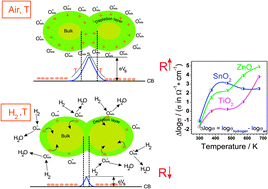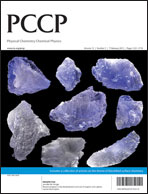*
Corresponding authors
a
Faculty of Material Science and Ceramics, AGH University of Science and Technology, 30-059 Krakow, Poland
b
Laboratory for High Performance Ceramics, Empa, Swiss Federal Laboratories for Materials Science and Technology, CH-8600 Dübendorf, Switzerland
c
Faculty of Applied Physics, Hanyang University, 426-791 Ansan Kyeonggi-do, Korea
E-mail:
bsmun@hanyang.ac.kr
d
Ertl Center for Electrochemistry and Catalysis, Gwangju Institute of Science and Technology, Gwangju 500-712, Korea
e
Korea Basic Science Institute, Jeonju Center, Jeonju 561-180, Korea
f
Electron Microscopy Center, Empa, Swiss Federal Laboratories for Materials Science and Technology, 8600 Dübendorf, Switzerland
g
Institute of Nanotechnology, University of Rzeszow, 35-959 Rzeszow, Poland
h
Technische Universität Bergakademie Freiberg, D-09596 Freiberg, Germany


 Please wait while we load your content...
Please wait while we load your content...